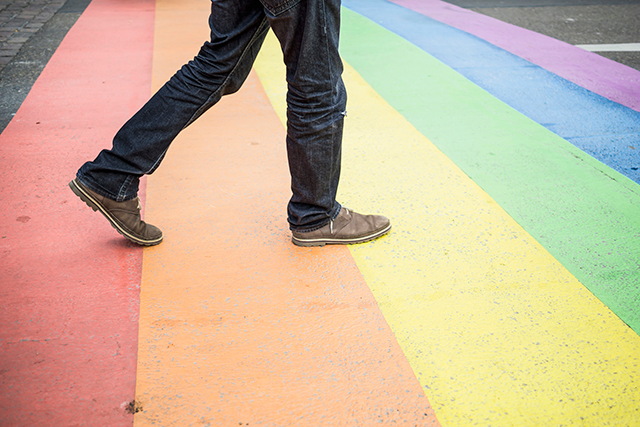In 1972, 3 members of a nascent but growing movement to establish homosexuality as a sexual orientation minority accorded all the rights guaranteed by the US Constitution were provided the opportunity to stand before the American Psychiatric Association (APA). These activists petitioned the APA to remove homosexuality as a diagnostic category of mental illness from the Diagnostic Statistical Manual of Mental Disorders (DSM). The APA voted in favor by a 56% margin, an event historically known as the first landmark, professional and national decision for gay rights. With this, the progress of gay rights had officially begun.1
This history is timely in the current political narrative and atmosphere. The Lesbian Gay Bisexual Transgender (LGBT) community, which spans all races, ethnicities, nationalities, cultures, socio-economic statuses, and regions of the United States and represents 3% to 12% of the population,2 has been the focus of minimal and limited research, particularly related to cancer.
Despite inclusion of LGBT communities in the 2020 US Blueprint of National Health Goals list of minorities experiencing health care disparities and inequities,3 the relationship of the medical professional with the LGBT person affected by cancer has not always been an inclusive and friendly one. Many LGBT patients with cancer, especially older gay men and women, report overt or covert discrimination or concerns of compromised care in regard to their experiences with medical providers. The results of these experiences are explored further in the Minority Stress Model, which states that the interplay of social exclusion and discrimination, in combination with limited resources, expectations of rejection, nondisclosure, and stigma of cancer, can impact health behaviors, some of which have been linked to cancer incidence.4
